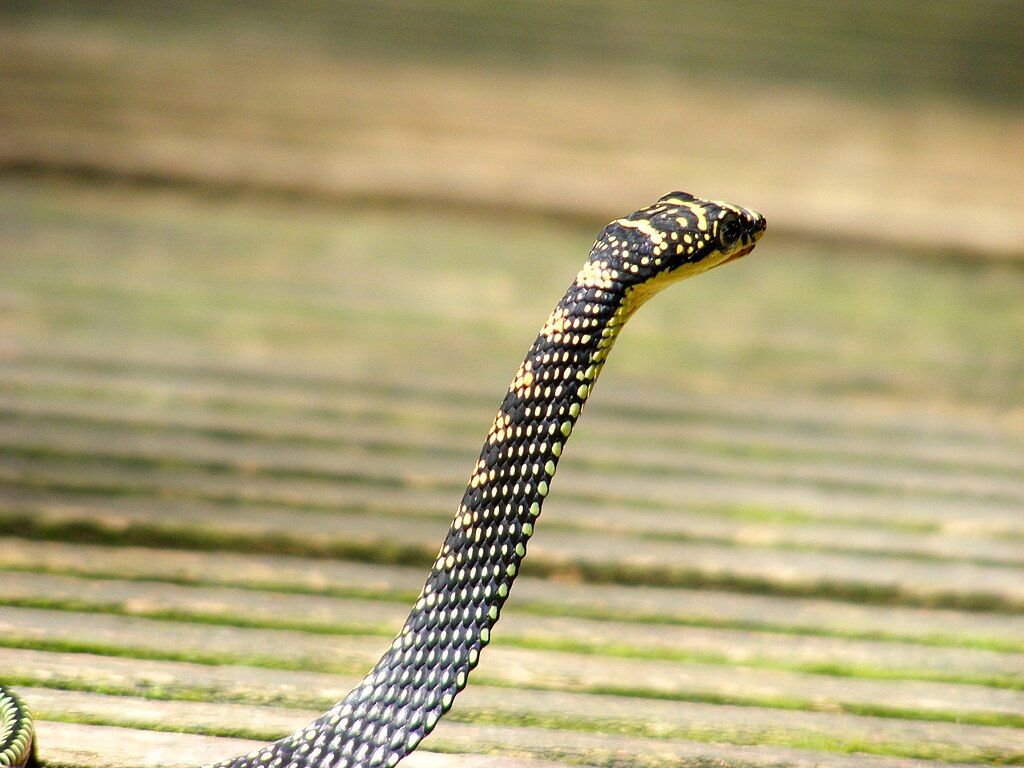Pet snakes are generally docile creatures that make fascinating companions for reptile enthusiasts. However, like all animals, they can display aggressive behaviors under certain circumstances. Recognizing the early warning signs of aggression in your snake is crucial for maintaining a safe and harmonious relationship with your reptilian friend. This article will help you identify potential aggressive behaviors, understand their causes, and learn appropriate responses to ensure both you and your snake remain safe and content.
Understanding Normal Snake Behavior Versus Aggression
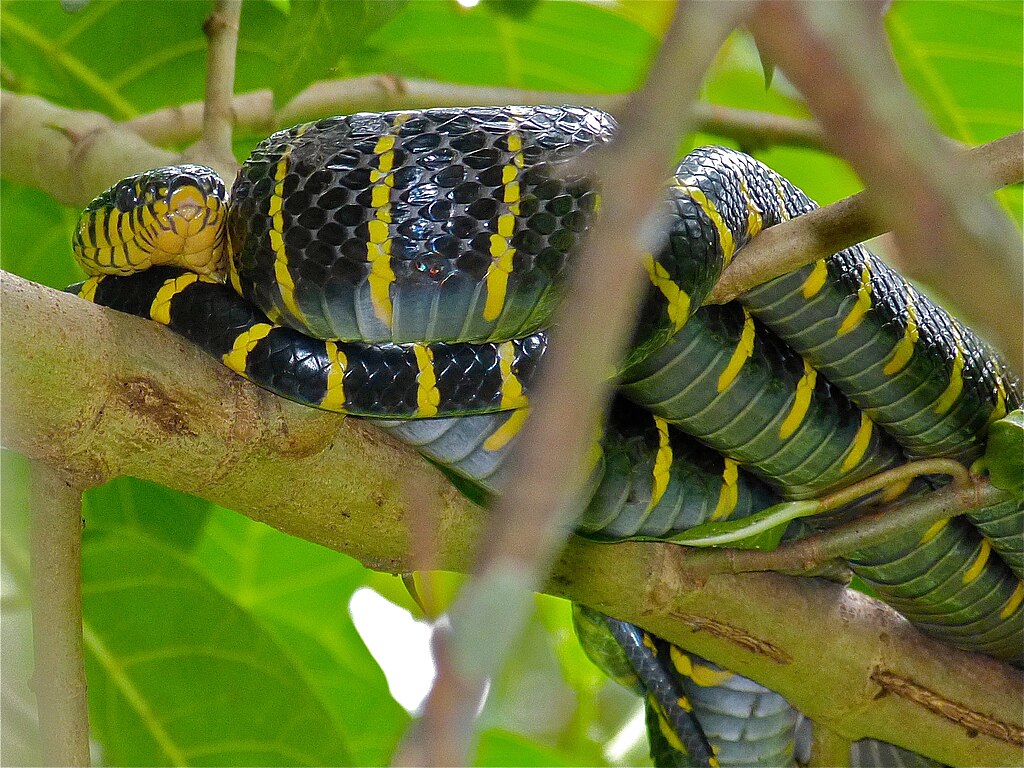
Before identifying aggressive behavior, it’s important to understand what constitutes normal snake behavior. Snakes are naturally cautious animals that prefer to avoid confrontation when possible. They typically display defensive behaviors when they feel threatened rather than outright aggression. A content snake will generally move calmly, exhibit smooth body posture, and show interest in its surroundings without signs of distress. Understanding your specific snake species’ natural behaviors is essential, as what might appear aggressive to a novice owner might simply be normal species-specific behavior. For example, some active species like corn snakes naturally move quickly, which might be misinterpreted as agitation rather than healthy activity.
Defensive Striking Posture
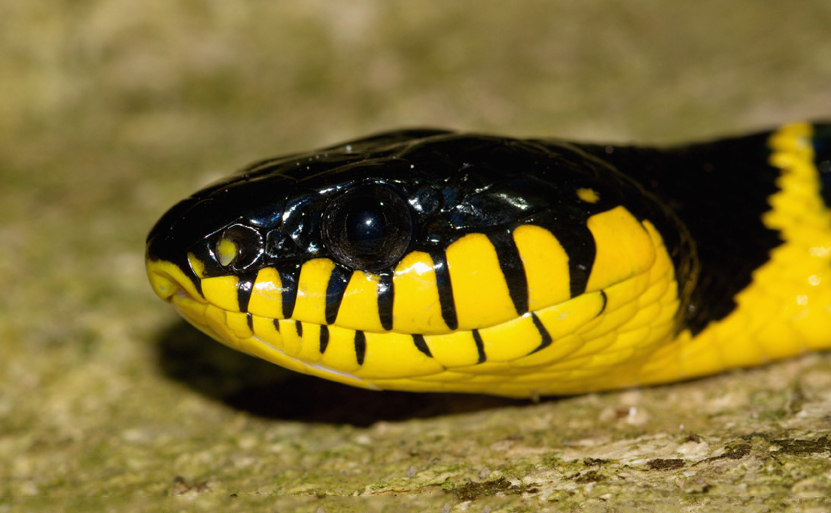
One of the most recognizable signs of potential aggression is when your snake adopts a defensive striking posture. This typically involves the snake coiling its body with the middle section raised, forming an S-shape, with its head positioned to strike. This posture indicates that your snake feels threatened and is preparing to defend itself if necessary. It’s important to note that this is primarily a defensive rather than aggressive posture, but it can lead to a strike if the snake feels cornered or excessively threatened. When you observe this behavior, it’s best to give your snake space and avoid handling until it has calmed down and resumed a more relaxed posture.
Hissing and Breath-Holding
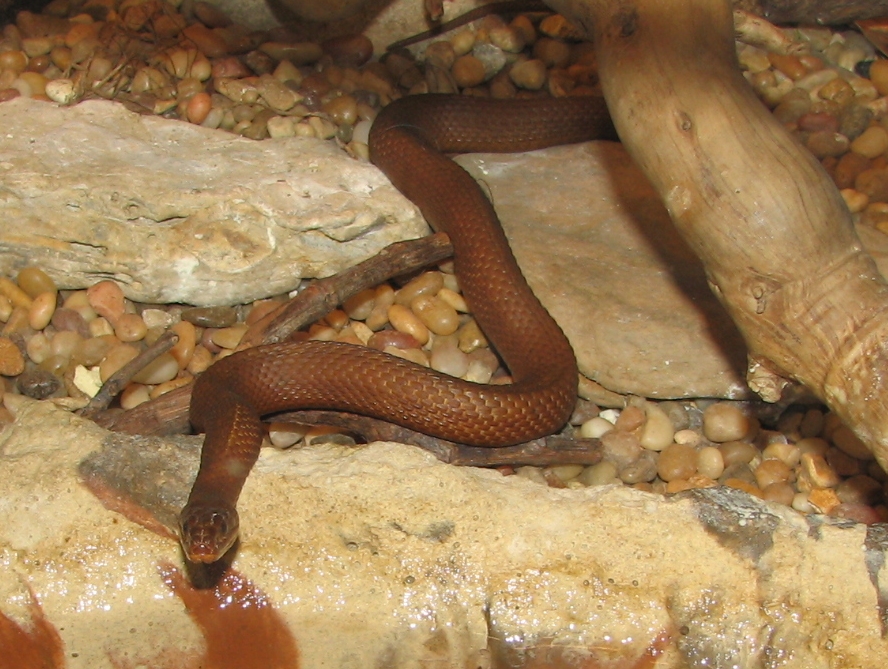
Hissing is one of the most unmistakable warning signs that your snake is feeling threatened and may become aggressive if approached. This sound is produced when a snake forcefully expels air through a small opening in its glottis, creating the characteristic hissing noise that serves as a warning to potential threats. Some snake species are more vocal than others, with species like bull snakes and pine snakes being particularly known for their loud hissing displays. Along with hissing, you might notice your snake inflating its body and holding its breath, making itself appear larger and more intimidating. This behavior is a clear signal that your snake is feeling defensive and requires space.
Tail Rattling or Vibrating
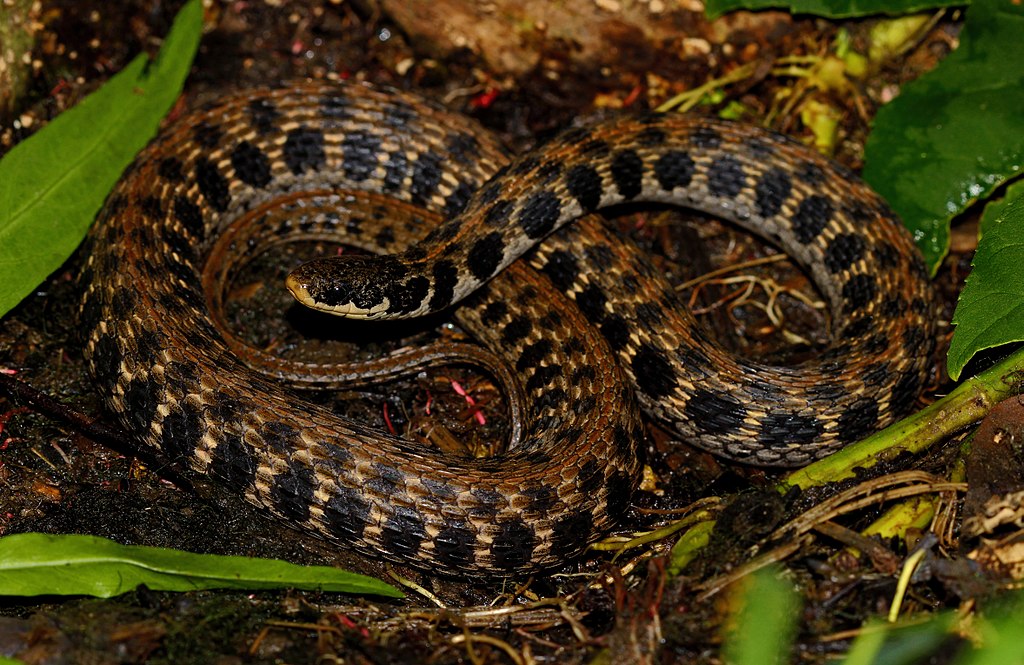
Many snake species, not just rattlesnakes, may vibrate or rapidly shake their tails when they feel threatened or are preparing for a defensive response. This behavior serves as a warning mechanism to potential predators or threats. When your pet snake rapidly vibrates its tail against its enclosure substrate, creating a buzzing or rattling sound, it’s communicating that it feels threatened and is preparing to defend itself. This behavior is particularly common in species like corn snakes, king snakes, and rat snakes. If you observe tail rattling, it’s advisable to postpone handling and identify what might be causing your snake to feel threatened in its environment.
Sudden Jerky Movements

Snakes typically move with smooth, fluid motions when they’re calm and comfortable. When a snake begins exhibiting sudden, jerky, or erratic movements, this can indicate heightened stress or aggression. These movements might include quickly recoiling, making rapid directional changes, or flinching when approached. Such behavior suggests your snake is on high alert and perceiving potential threats in its environment. This state of heightened awareness can quickly escalate to defensive striking if the snake feels cornered or increasingly threatened. Giving your snake space and time to calm down is essential if you observe these jerky movement patterns.
Frequent Striking at Movement
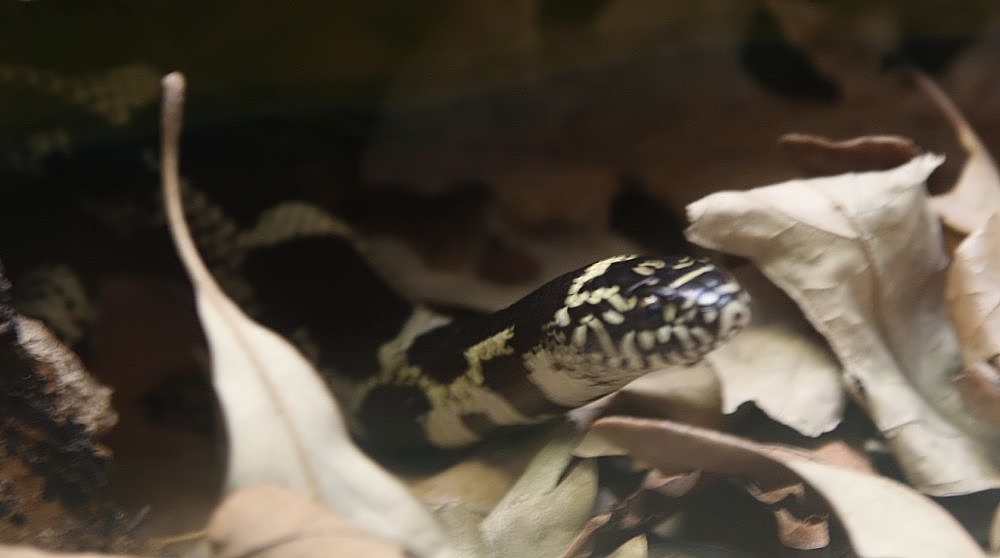
A clear sign of potential aggression is when your snake regularly strikes at movement near its enclosure, particularly when no food is being offered. This behavior indicates that your snake is either in a heightened defensive state or potentially confusing movement with prey. Some snake species are naturally more reactive to movement than others, with species like reticulated pythons often being more quick to strike than more docile species like ball pythons. If your previously calm snake has begun striking at your hand or objects moving near its enclosure, this represents a significant behavioral change that warrants attention. This behavior is particularly concerning if it develops suddenly in a snake that was previously docile.
Body Language Changes

Subtle changes in your snake’s body language can provide early indications of stress or potential aggression. A tense, rigid body posture with muscles visibly contracted indicates a snake that is on alert and potentially ready to defend itself. You might notice your snake keeping its body flattened against the ground while moving, which helps it maintain stability for a potential strike. Some species will also flatten their necks or bodies to appear larger and more intimidating when they feel threatened. Learning to read these subtle body language cues specific to your snake species can help you identify potential aggression before it escalates to striking behavior.
Refusing to Be Handled
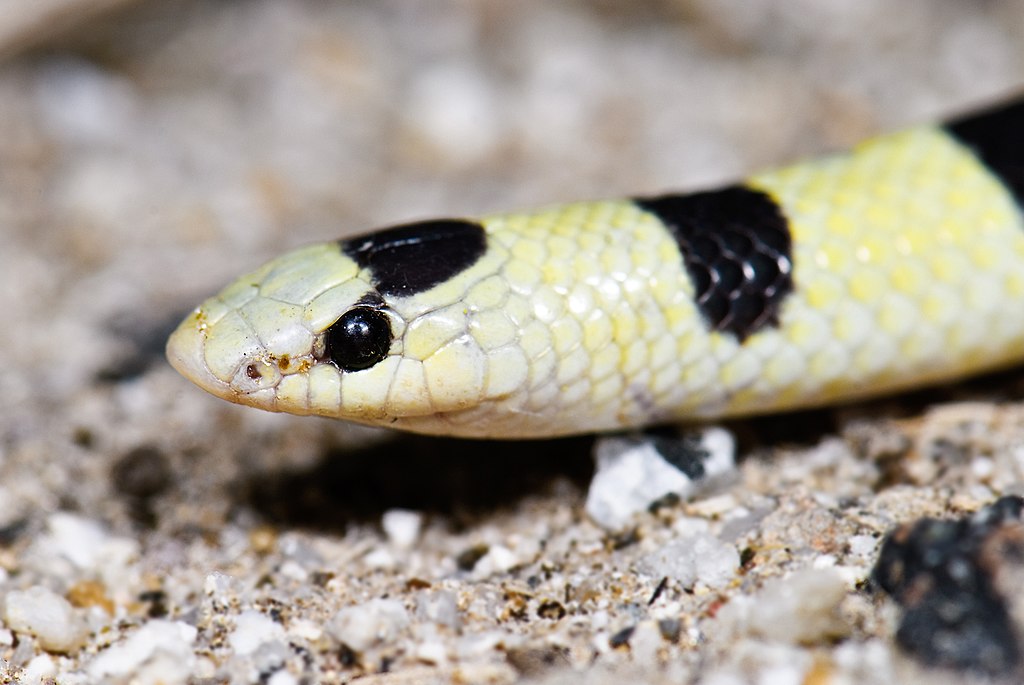
A snake that was previously comfortable with handling but suddenly resists being picked up may be displaying early signs of aggression or discomfort. This resistance might manifest as the snake pulling away, attempting to escape when approached, or becoming tense when touched. While not all handling reluctance indicates aggression – it could signal illness or shedding – a sudden change in tolerance for handling should be noted. Some snakes might display more obvious signs of resistance, such as pulling their body away from your hands or attempting to flee rapidly when the enclosure is opened. If your typically handleable snake begins showing these avoidance behaviors, it’s best to respect its space and investigate potential causes.
Food Aggression Signs
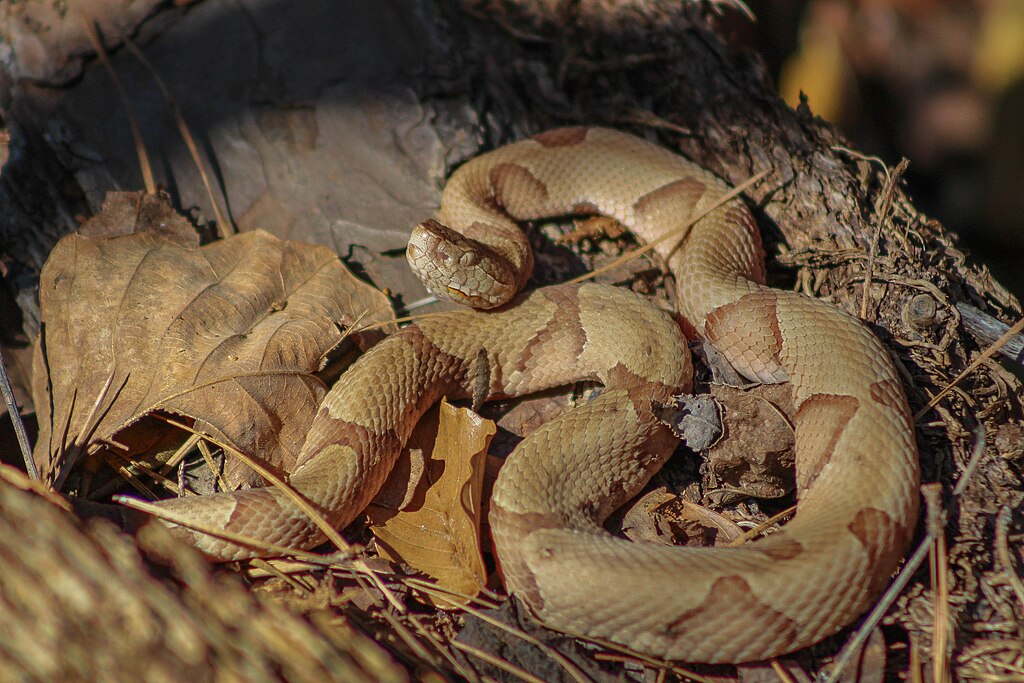
Many snakes display increased aggression around feeding time, which is a natural behavior associated with their predatory instincts. However, problematic food aggression occurs when your snake begins associating any enclosure opening or movement near the enclosure with feeding opportunities. Signs of food aggression include immediate striking posture when the enclosure is opened, increased tongue flicking and activity at the approach of humans even outside feeding times, and striking at hands during routine maintenance. This type of aggression can be particularly dangerous as food-aggressive strikes are typically more committed than defensive strikes. Some snake species, like boa constrictors and certain python species, are more prone to developing food aggression than others.
Environmental Triggers of Aggression
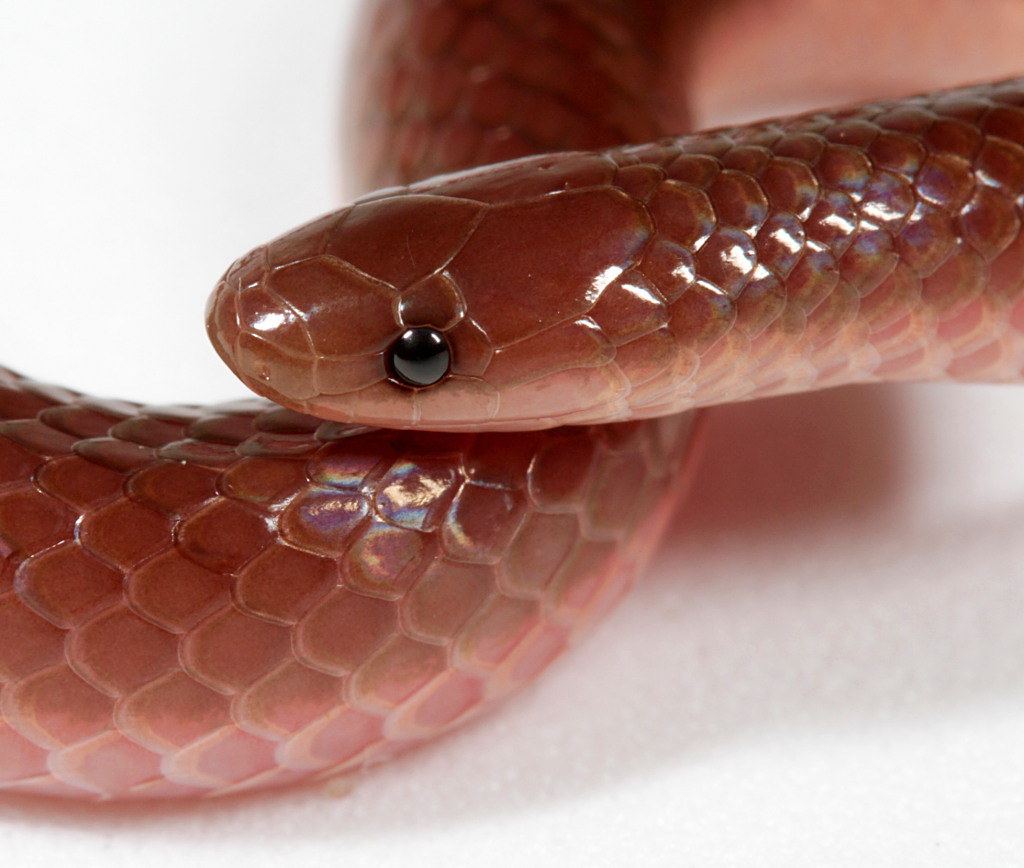
Your snake’s environment plays a crucial role in its behavior, with suboptimal conditions potentially triggering aggressive responses. Inadequate enclosure size can cause stress and territorial behavior, particularly in larger or more active species that require ample space. Incorrect temperature gradients may lead to discomfort that manifests as irritability or aggression, especially if the snake cannot properly thermoregulate. Poor humidity levels can cause shedding difficulties, which are often associated with increased aggression due to physical discomfort and compromised vision during the shedding process. Additionally, excessive handling, bright lighting, or high-traffic locations for the enclosure can cause stress that may lead to defensive aggression in sensitive individuals.
Health-Related Aggression
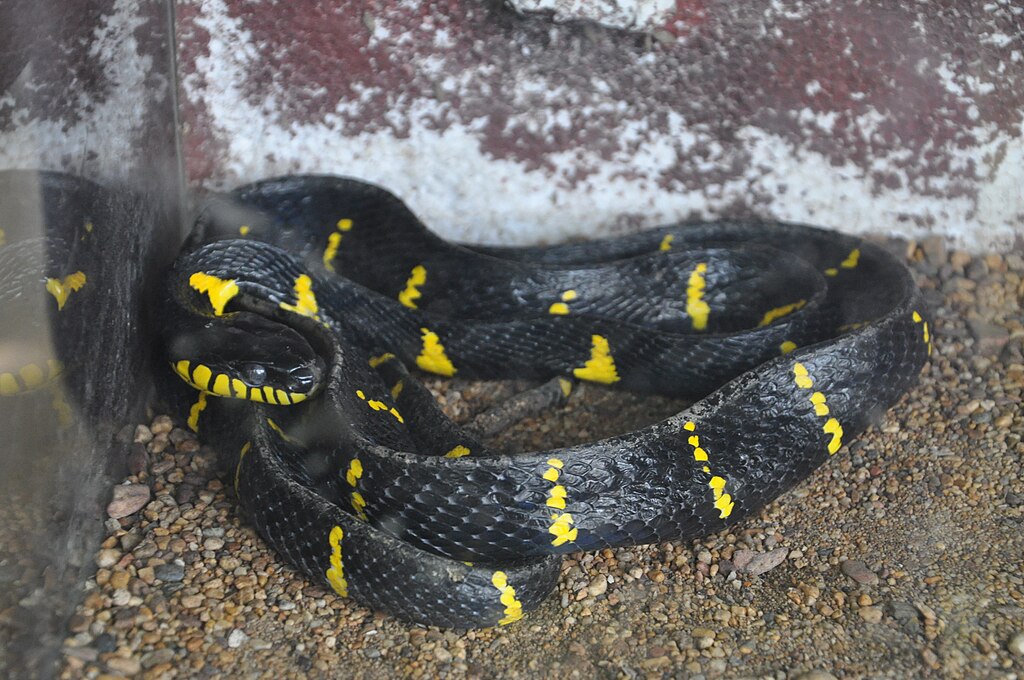
Sometimes what appears as aggression is actually a response to pain or illness in your snake. A snake experiencing discomfort from internal parasites, respiratory infections, injuries, or digestive issues may become more defensive or irritable when approached or handled. Signs that aggression might be health-related include other symptoms such as weight loss, abnormal feces, respiratory sounds, difficulty shedding, or changes in appetite accompanying the new aggressive behavior. Mouth-gaping or unusual positioning could indicate respiratory issues or mouth rot that are causing pain. Neurological issues might also manifest as seemingly aggressive behavior, with symptoms like disorientation, unusual posturing, or tremors accompanying the increased defensiveness.
Seasonal and Hormonal Aggression
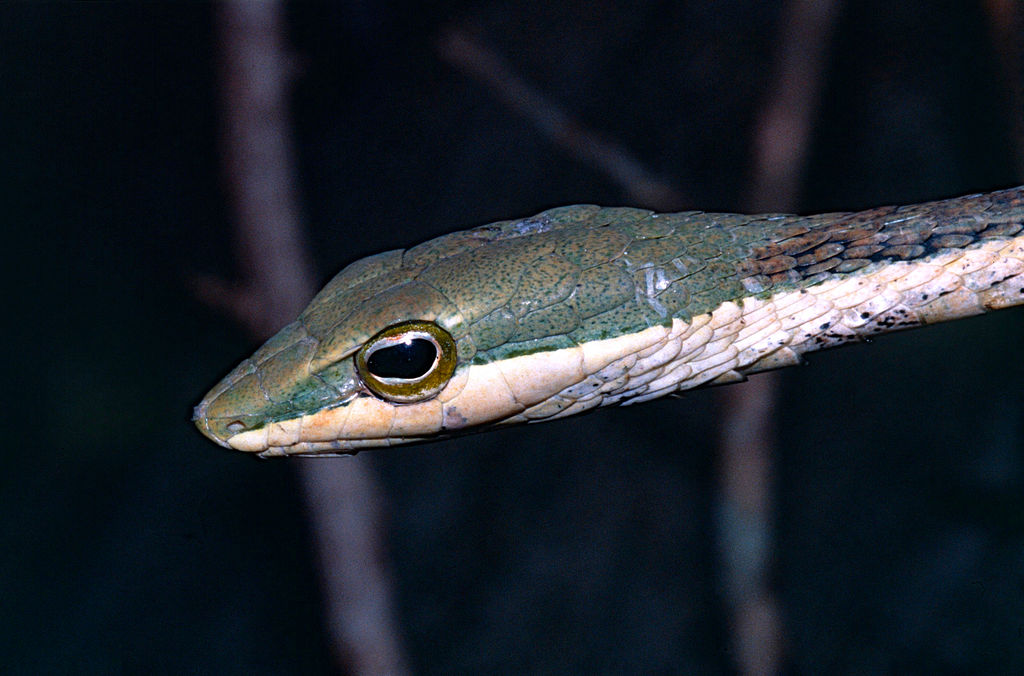
Snake behavior can change significantly during breeding season, with both males and females potentially displaying increased aggression due to hormonal changes. Male snakes may become particularly territorial or restless during breeding season as they search for mates, while females might become more defensive, especially if they are gravid (carrying eggs). These seasonal changes in behavior are more pronounced in unaltered (not spayed or neutered) snakes and certain species known for strong breeding behaviors. You might notice this seasonal aggression coinciding with specific times of year or changes in your snake’s environment that mimic seasonal shifts, such as changing day length or temperature fluctuations. This type of aggression typically subsides once the breeding season has passed.
Responding to Aggressive Behavior Safely

When faced with an aggressive snake, proper response techniques are essential for the safety of both you and your pet. Never attempt to handle a snake displaying clear warning signs such as striking posture, hissing, or tail rattling – instead, postpone handling until the snake has calmed down. Using appropriate handling tools like snake hooks or transparent tubes can create distance between your hands and the snake’s head when necessary. For regularly aggressive individuals, consider implementing target training or tap training techniques, where the snake learns to associate a specific action (like a gentle tap on the body with a hook) with handling rather than feeding. Maintaining a calm demeanor is crucial, as snakes can sense fear or anxiety, which might further escalate their defensive responses.
Prevention Strategies for Aggression

Preventing aggression is always preferable to addressing it once established. Establish a regular handling routine from a young age, keeping sessions brief at first and gradually increasing duration as your snake becomes more comfortable. Feed your snake in a separate container from its regular enclosure to prevent association between enclosure openings and feeding opportunities. Ensure your snake’s habitat meets all species-specific requirements for size, temperature gradient, humidity, hiding spots, and enrichment to minimize stress-related aggression. Learn to recognize when your snake is going into shed, as most snakes become more defensive during this vulnerable time when their vision is compromised. Finally, respect individual temperament differences – some snake individuals may simply have more defensive personalities that require adjusted handling expectations.
Conclusion
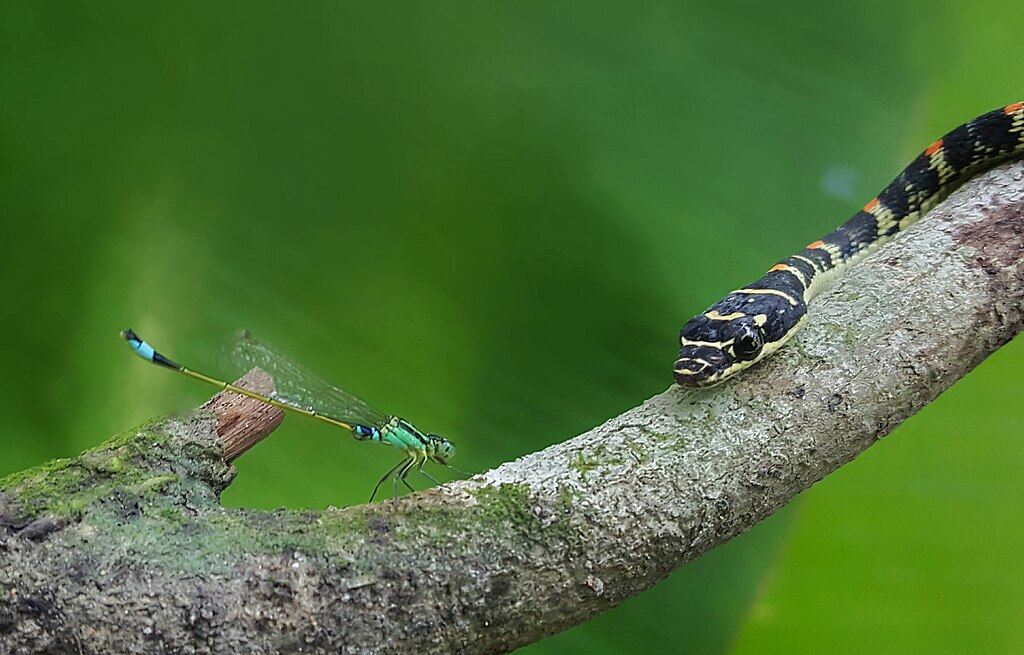
Understanding and recognizing the signs of aggression in pet snakes is an essential skill for any reptile keeper. By learning to distinguish between normal behavior and potential aggression, you can create a safer environment for both yourself and your scaly companion. Remember that most aggressive behaviors in snakes stem from fear, discomfort, or natural defensive instincts rather than true aggression. With proper husbandry, respectful handling, and attention to your snake’s body language, many aggressive behaviors can be prevented or managed effectively. When in doubt about persistent aggressive behavior, consult with a reptile veterinarian to rule out health concerns and develop an appropriate management plan for your specific snake.

